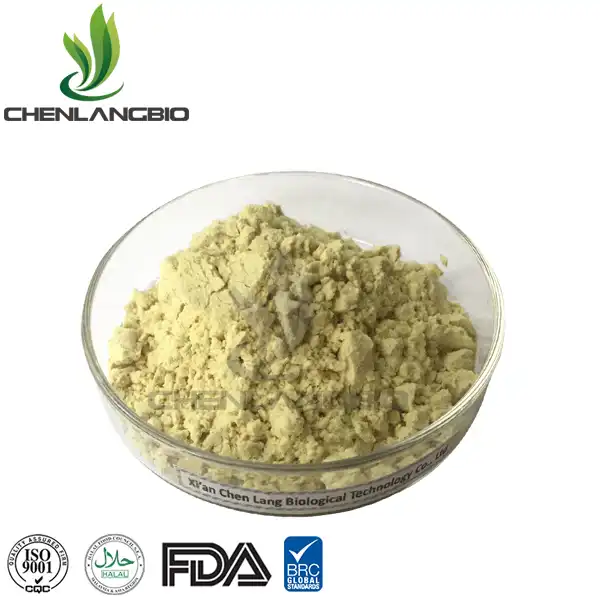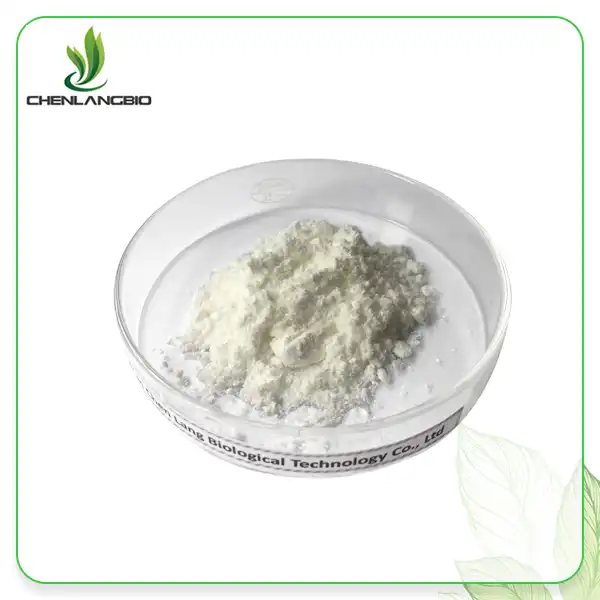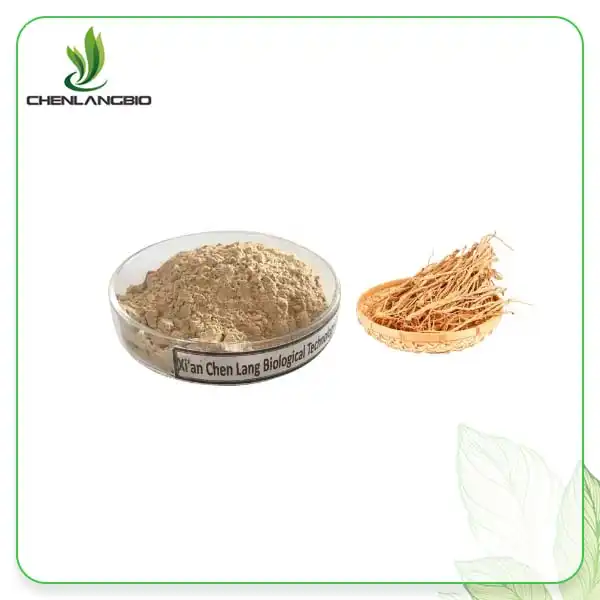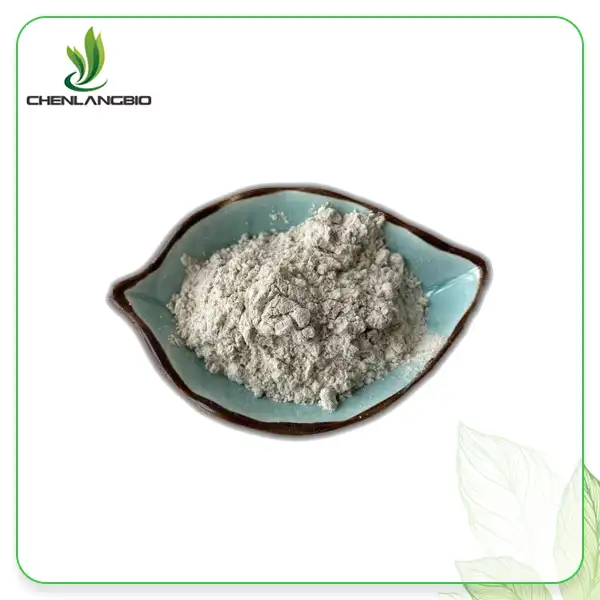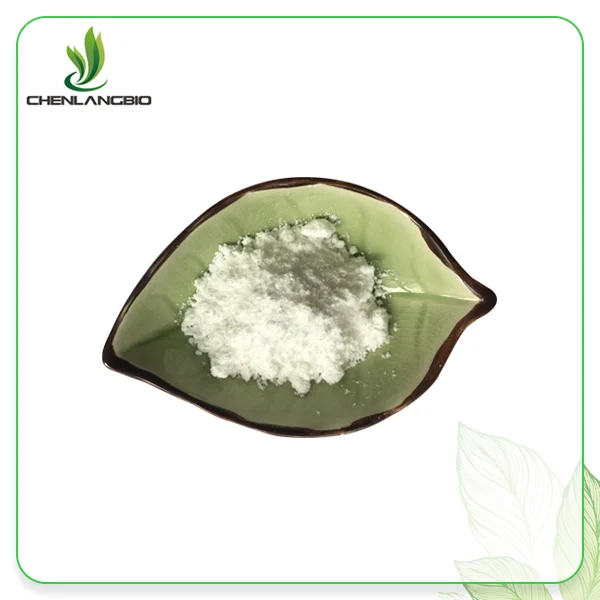What Are the Do's and Don'ts of Bakuchiol
2024-07-13 10:41:19
Bakuchiol has gained popularity as a retinol alternative in the skincare industry. Well known for its skin-renewing and anti-aging properties, this plant-based ingredient circumvents the severe side effects that are occasionally associated with retinol. But in order to get the most out of bakuchiol and make sure it works well for your skin, you have to follow some guidelines. This post will go over the crucial dos and don'ts of including bakuchiol into your skincare routine.
What Is Bakuchiol and How Does It Benefit Your Skin?
For ages, the Psoralea corylifolia plant's seeds and leaves have been used to make bakuchiol, which has been utilized in traditional medicine. It became well-known in the modern era for its capacity to offer retinol-like advantages without the retinoid side effects.
How Does Bakuchiol Compare to Retinol?
Numerous advantages of retinol, such enhanced cell turnover and collagen production that lessen wrinkles and enhance skin smoothness, are also shared by bebacchuchol. Even those with sensitive skin can use retinol on a daily basis because it is less abrasive on the skin than bakuchiol.
Key Points of Comparison:
Mechanism of Action: Bakuchiol and retinol both increase the formation of collagen and speed up cell turnover, giving the appearance of smoother, younger-looking skin.
Side Effects: Retinol can cause dryness, redness, and peeling, particularly in sensitive skin types. Bakuchiol is much less likely to cause these side effects.
Suitability for Daily Use: Bakuchiol is generally considered safe for daily use, whereas retinol often requires a gradual introduction to avoid irritation.
What Are the Benefits of Using Bakuchiol?
Bakuchiol offers a wide range of benefits, making it a versatile addition to any skincare regimen.
Anti-Aging: Bakuchiol helps reduce the appearance of fine lines and wrinkles by promoting collagen production and improving skin elasticity.
Even Skin Tone: It can help reduce hyperpigmentation and even out skin tone, resulting in a brighter complexion.
Acne Control: Its antibacterial and anti-inflammatory properties make it effective for treating acne and preventing future breakouts.
Gentle on Skin: Suitable for all skin types, including sensitive and reactive skin, bakuchiol does not cause the irritation commonly associated with retinol.
How Should You Start Using Bakuchiol?
Adding bakuchiol to your skincare regimen requires careful consideration if you want to optimize its advantages and eliminate any potential disadvantages.
How to Introduce Bakuchiol into Your Routine?
Start by incorporating bakuchiol gradually to allow your skin to adjust.
Best Practices for Introduction:
Start Slow: Begin by using bakuchiol once or twice a week, and gradually increase the frequency as your skin builds tolerance.
Monitor Your Skin: Pay attention to how your skin reacts. If you notice any signs of irritation, reduce the frequency of use.
Pair with Moisturizer: To enhance hydration and minimize potential dryness, follow bakuchiol application with a moisturizer.
Can Bakuchiol Be Used with Other Skincare Products?
Bakuchiol can be effectively combined with various other skincare ingredients to enhance its benefits.
Complementary Ingredients:
Hyaluronic Acid: Provides hydration and helps to plump the skin, making it an excellent companion to bakuchiol.
Niacinamide: Known for its anti-inflammatory properties, niacinamide can help soothe the skin and enhance the effects of bakuchiol.
Antioxidants: Ingredients like vitamin C can boost the anti-aging benefits of bakuchiol by protecting the skin from free radical damage.
What Are the Do's of Using Bakuchiol?
To get the most out of bakuchiol, follow these essential do's.
Do Perform a Patch Test
Before fully incorporating bakuchiol into your skincare routine, it’s important to perform a patch test.
Steps for a Patch Test:
Apply a Small Amount: Apply a small amount of bakuchiol product to a discreet area of your skin, such as behind your ear or on your inner forearm.
Wait 24-48 Hours: Monitor the area for any signs of redness, itching, or swelling.
Proceed if Clear: If no adverse reaction occurs, you can proceed to use bakuchiol on your face.
Do Use Sunscreen Daily
Bakuchiol makes your skin more sensitive to the sun, so it’s crucial to use sunscreen daily.
Sun Protection Tips:
SPF 30 or Higher: Choose a broad-spectrum sunscreen with an SPF of 30 or higher.
Apply Generously: Apply sunscreen generously to all exposed areas of skin.
Reapply: Reapply sunscreen every two hours, or more frequently if sweating or swimming.
Do Combine with Hydrating Ingredients
To prevent dryness and enhance the effects of bakuchiol, combine it with hydrating ingredients.
Hydrating Combinations:
Hyaluronic Acid: A powerful hydrator that can help keep your skin plump and moisturized.
Ceramides: These help strengthen the skin barrier and retain moisture.
Glycerin: A humectant that attracts moisture to the skin and keeps it hydrated.
Do Follow a Consistent Routine
Consistency is key to seeing results from bakuchiol.
Routine Tips:
Stick to It: Use bakuchiol consistently as part of your daily skincare routine to see the best results.
Be Patient: It may take several weeks to notice significant improvements in your skin.
Adjust as Needed: If you experience any irritation, adjust the frequency of use and consider consulting a dermatologist.
What Are the Don'ts of Using Bakuchiol?
Avoiding certain practices can help you get the best results from bakuchiol and prevent potential issues.
Don’t Overuse Bakuchiol
Using too much bakuchiol can lead to irritation, even though it’s generally gentler than retinol.
Avoid Overuse:
Follow Instructions: Adhere to the usage instructions provided by the product manufacturer.
Monitor Your Skin: Pay attention to your skin’s response and adjust usage as needed.
Don't Skip Sunscreen
Failing to use sunscreen while using bakuchiol can lead to sun damage and negate its benefits.
Sun Protection Importance:
UV Sensitivity: Bakuchiol can make your skin more sensitive to UV rays, increasing the risk of sunburn and damage.
Daily Application: Ensure you apply sunscreen every morning, even on cloudy days.
Don’t Mix with Harsh Ingredients
Avoid combining bakuchiol with other potentially irritating ingredients, particularly if you have sensitive skin.
Ingredients to Avoid:
Strong Acids: Avoid using bakuchiol with strong exfoliating acids like glycolic acid or salicylic acid to prevent irritation.
Benzoyl Peroxide: This acne treatment can be too harsh when used alongside bakuchiol.
Don't Ignore Allergic Reactions
If you experience signs of an allergic reaction, discontinue use immediately.
Signs of Allergic Reaction:
Severe Redness: Persistent redness that doesn’t subside.
Swelling: Noticeable swelling of the skin.
Itching or Burning: Intense itching or burning sensation.
What Are the Best Practices for Using Bakuchiol?
Understanding the best practices can help you incorporate bakuchiol effectively into your skincare routine.
How to Maximize the Benefits of Bakuchiol?
To fully reap the benefits of bakuchiol, follow these best practices.
Maximizing Benefits:
Layer Correctly: Apply bakuchiol after cleansing and toning but before moisturizing. This helps it penetrate the skin more effectively.
Use Consistently: Consistent use is key to seeing long-term benefits. Make bakuchiol a regular part of your nightly skincare routine.
Pair with Antioxidants: Combine bakuchiol with antioxidant-rich products to protect your skin from environmental damage.
Can Bakuchiol Replace Retinol?
Although retinol and bakuchiol have many advantages, not everyone will find complete replacement in bakuchiol.
Comparison with Retinol:
Similar Benefits: Both bakuchiol and retinol promote collagen production and improve skin texture.
Gentler Alternative: Bakuchiol is a gentler alternative, making it suitable for those who cannot tolerate retinol.
Combination Use: Some users may benefit from using both, alternating between bakuchiol and retinol to maximize results while minimizing irritation.
What Should You Look for in a Bakuchiol Product?
Choosing the right bakuchiol product is crucial for achieving the best results.
Selection Tips:
Concentration: Seek for items with a high amount of bakuchiol for optimal outcomes.
Formulation: Ensure the formulation is suitable for your skin type and free from potential irritants.
Product Type: Bakuchiol is available in various forms, including serums, creams, and oils. Choose a product type that fits well into your existing skincare routine.
Reputable Brands: Purchase from reputable brands known for their quality and efficacy. Check reviews and consult with dermatologists if necessary.
Conclusion
With less severe side effects than retinol, but yet offering many of the same advantages, is bakuchiol, a versatile and useful substance for skincare.You may safely and successfully use bakuchiol in your skincare routine by adhering to the dos and don'ts listed in this blog.For further individualized guidance or product suggestions, send an email to admin@chenlangbio.com.
References
Healthline | What Is Bakuchiol and How Does It Benefit Your Skin?
Byrdie | Everything You Need to Know About Bakuchiol.
Allure | Bakuchiol: The Plant-Based Retinol Alternative.
Send Inquiry
Related Industry Knowledge
- Hydrolyzed Keratin for Curly Hair: Does It Work?
- Why Oleuropein Powder Beats Traditional Antioxidants in Formulations?
- The Science Behind Quinoa Seed Extract
- Can Loratadine Cause Weight Gain
- Is It Safe to Use Bakuchiol Every Day
- Can Coenzyme Q10 Powder Improve Skin Health
- Argireline Powder Supplier
- What's The Difference Between Kojic Acid and Kojic Acid Dipalmitate Powder
- What Benefits of Spine Date Seed Extract Powder
- What Are the Benefits of Hops Extract Xanthohumol


